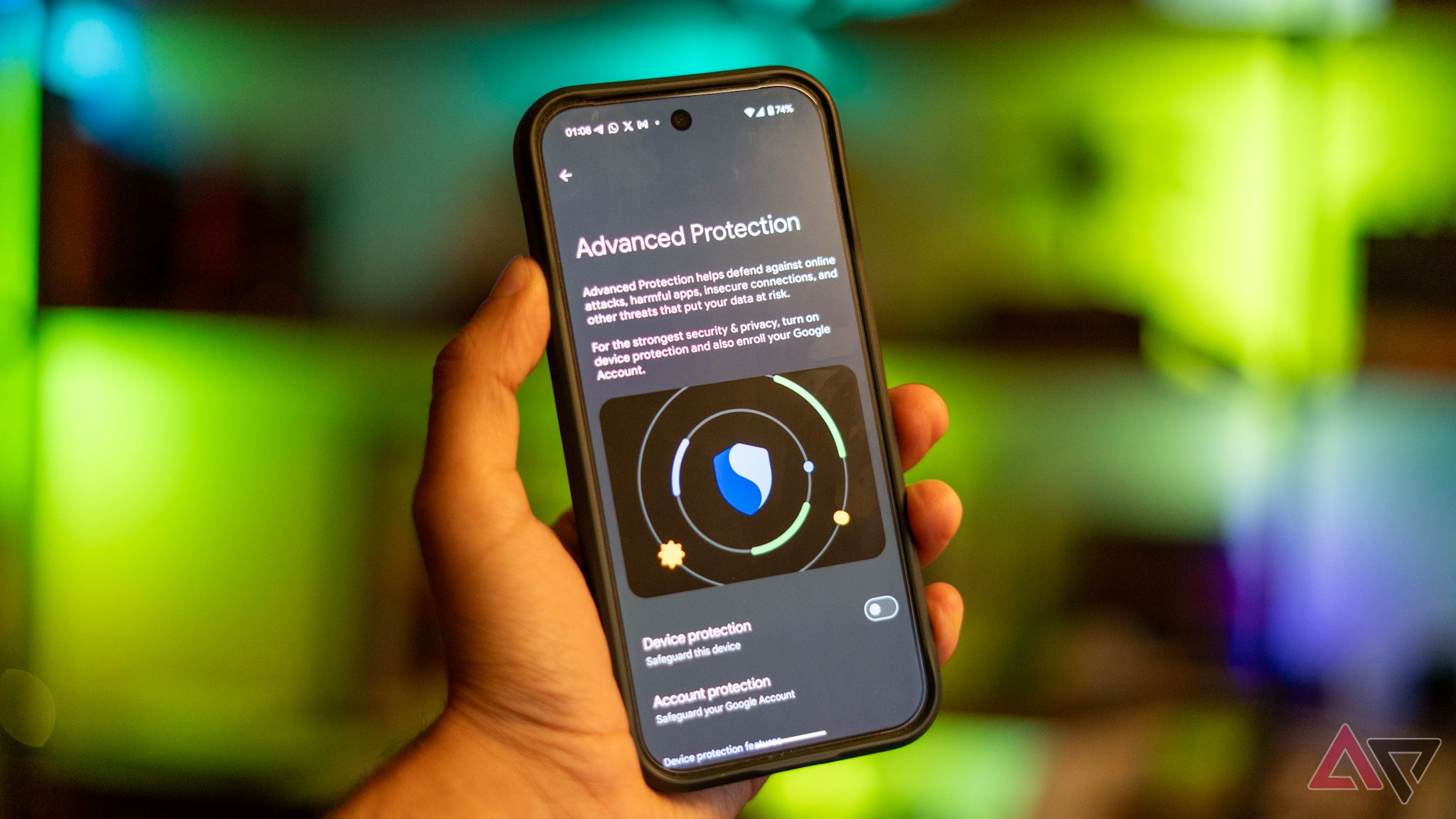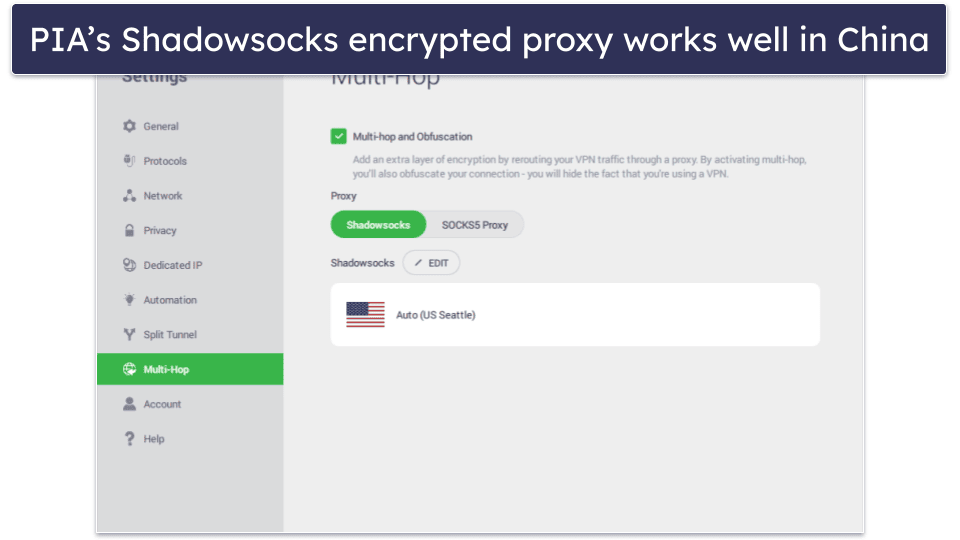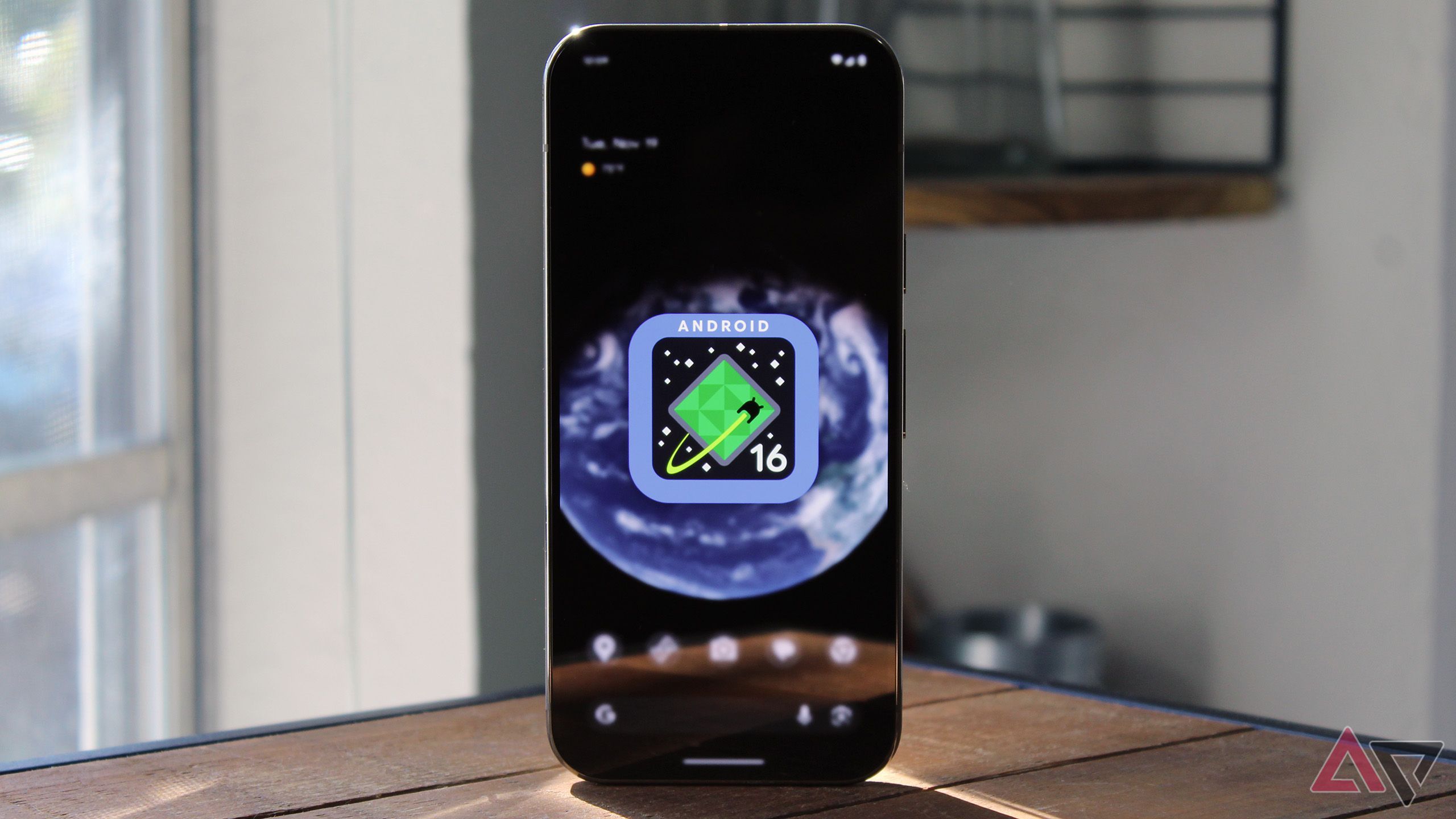Android 16 is here, and with it come some serious privacy-focused upgrades. While many of the enhancements operate under the hood, several improvements are tucked away under toggles that you should activate.
From scam protection powered by AI to a new repair mode, these tools are designed for everyday use and give you control over your digital security. Android 16 gives you unprecedented power to lock down your Android phone.
Here are the top Android 16 privacy features you should activate right now to keep your device and data secure.
4
Lock down your device with Advanced Protection Mode
A one-tap privacy shield
Android 16 introduces a new feature called Advanced Protection Mode, which might be the most significant privacy upgrade to the platform in years. This full-system security mode brings together multiple critical safeguards under one toggle.
Advanced Protection Mode hardens your phone against digital and physical attacks. When turned on, the feature amps your phone into a security-focused device that might be impossible to tamper with.
Advanced Protection Mode turns off USB data transfers unless your phone is unlocked, blocks the sideloading of apps, deactivates 2G networks, and stops your phone from reconnecting to insecure networks.
Not only that, it enforces HTTPS-only browsing, ensuring that every site you visit is encrypted. Switched on by default, it includes additional protections, such as an inactivity reboot that automatically restarts your device if it is locked for 72 hours.
The mode is persistent by design, which means that when you turn it on, it’s difficult for anyone else to turn it off. User data is unreadable until it is manually unlocked.
While Google claims that the mode is designed for at-risk users (such as politicians, journalists, or individuals traveling to high-risk destinations), even average users benefit from the bulletproof privacy settings.
You can check the status of Advanced Protection Mode by navigating to Personal & Device Safety in the settings menu.
3
Stop scams before they reach you
AI-powered scam detection protects you during calls and messages
With scams getting increasingly smarter, you need an assistant to protect you against them. Android 16’s scam call and message detection leverages on-device AI to flag suspicious activity as it happens.
Whether it’s a fake message from your bank or a robocall pretending to be tech support, Android now uses behavioral analysis to warn you before you fall into a trap.
In-call protections build on that. If you’re talking to someone not in your contacts list, and they try to guide you into installing an app, turning off key security settings, or sharing personal info, Android now blocks those high-risk actions.
The operating system no longer allows you to sideload an app for the first time from a web browser, messaging app, or other source, or deactivate Google Play Protect while you’re on a call with a potential scammer.
Similarly, Android 16’s AI-powered scam protection prevents you from granting accessibility permissions while on a call with a non-contact, as this can allow a malicious app or bad actor to gain access to your device and steal critical data, such as banking information.
These tools run locally, and your messages or calls are not sent to the cloud, keeping your privacy intact. This approach ensures real-time protection without giving up your personal data. Best of all, they work in the background, offering constant protection without constant interruptions.
2
Identity Check
Biometric checks to keep your most sensitive data safe
Identity Check isn’t a new feature, but Android 16 is bringing a broader rollout of the feature across Android devices. The feature offers a biometric safeguard against thieves or attackers who might have learned your PIN or gained temporary access to your device.
When activated, Identity Check requires biometric authentication before granting access to critical areas of your smartphone. This includes changing your device PIN, turning off theft protection, accessing Google account settings, or modifying saved passkeys.
Identity Check ties in with Google’s Trusted Places feature. The extra layer of authentication only kicks in when you are outside trusted places, such as your home or workplace. This ensures that you are not constantly interrupted by authentication demands, but your data stays secure.
Alongside Identity Check, Google is introducing a new Repair Mode. This feature helps you securely prepare your phone for resale or repair. When turned on, it allows you to wipe your data while still allowing access to basic diagnostics, such as screen and battery health.
This is particularly useful when trading in or selling your device, offering peace of mind that private content can’t be recovered. This way, buyers and technicians can test the hardware without accessing personal information.
1
Protect sensitive info on your lock screen
Smart redaction hides OTPs and personal messages
OTPs (one-time passwords) are part of modern e-commerce and internet-based logins, and Android 16 improves how it handles them. One of Android 16’s most elegant privacy improvements is how it handles sensitive notifications featuring OTPs.
Previously, lock screen previews would show OTPs, banking alerts, or private messages. While this could be useful for quickly glancing at OTPs, it’s a risky maneuver. With Android 16, the system uses AI-based contextual intelligence to decide when it is not safe to display this information.
For example, suppose your phone is offline, locked for a long duration, or in a potentially suspicious state. Android automatically blurs or hides sensitive content from appearing on the lock screen. This means OTP’s aren’t visible to a bad actor who swiped your phone from your pocket or desk, or might be spying on your notifications.
After you unlock the device, everything returns to normal, and your OTPs and sensitive messages are visible as usual. It’s a nifty solution that offers an additional layer of privacy for users who work in coffee shops, airports, or communal workspaces.
As an added benefit, the feature is built into Android 16’s notification system and doesn’t require you to turn it on.
Take control of your privacy with Android 16
Android 16 marks a turning point in how privacy features are delivered on mobile. Instead of relying on background protections or security updates, Android 16 surfaces actionable resources that enhance security and go a step further towards actively protecting you against bad actors.
Whether it’s defending against scams with on-device AI, offering a safer way to turn your phone in for repairs, or using biometric re-authentication through Identity Check, Android 16 provides practical, user-friendly ways to lock down your device.
Best of all, these features aren’t hidden away for power users. Most are only a few taps away in your settings. By activating even a few of them, you’ll reduce your exposure to common threats, navigate a phishing attempt, or make sure no one can wipe your device without permission.
Security shouldn’t be something you only think about after something goes wrong. With Android 16, you don’t have to. The protections are here, and they’re built for real-world scenarios that we all face.
With the Android 16 update rolling out to Pixel devices, now is the time to dive in and make sure you’ve turned on these privacy features.







